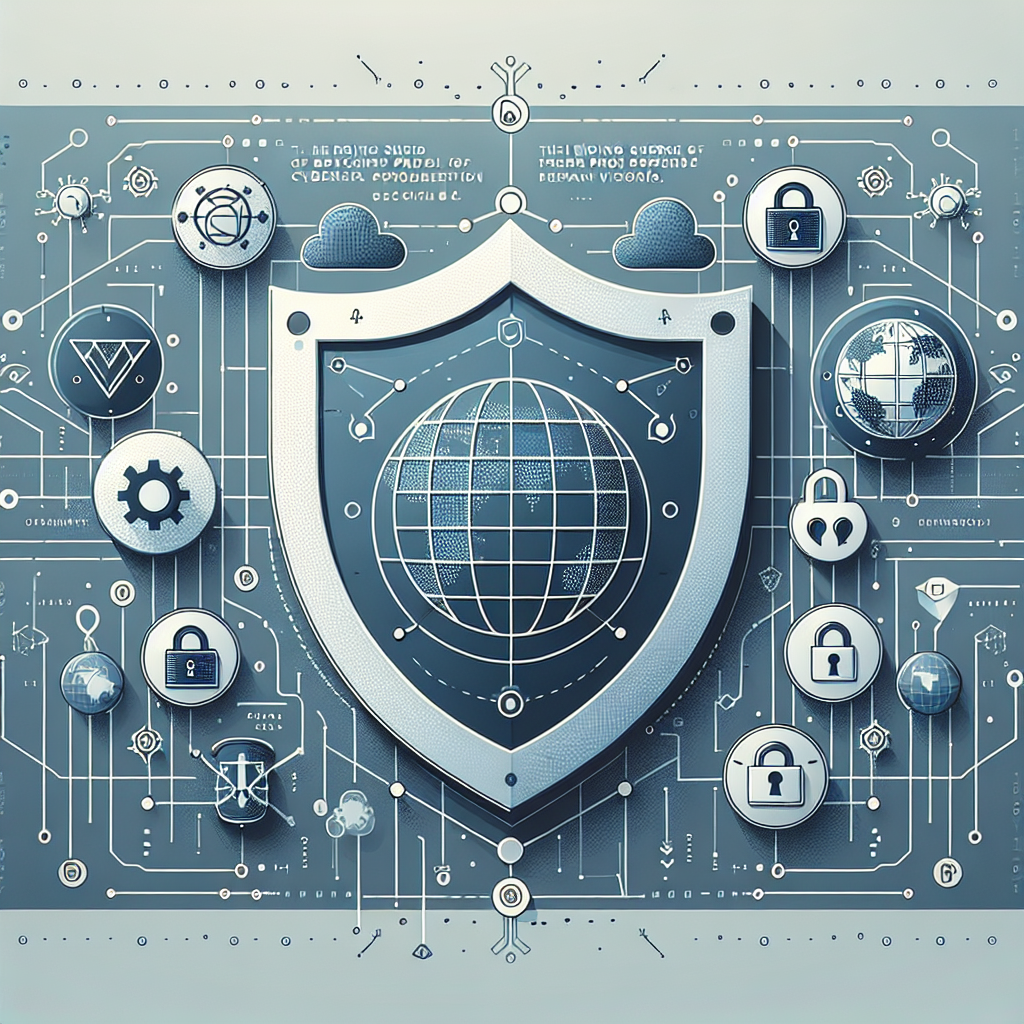The year 2025 has been marked by a dramatic increase in cyber fraud incidents, affecting sectors from finance and healthcare to education and retail. As technology advances rapidly, so too have the methods employed by cybercriminals, leading to sophisticated attacks that are harder to detect and prevent.\nOne of the driving forces behind the spike in cyber fraud this year is the widespread adoption of artificial intelligence and machine learning technologies. While these tools offer immense benefits, they have also equipped cybercriminals with the ability to automate attacks, analyze vulnerabilities quickly, and exploit weaknesses on a larger scale.\nA significant trend is the rise of targeted phishing attacks. Unlike generic phishing emails of the past, these new attacks are personalized, leveraging data scraped from social media and public databases. Cybercriminals craft convincing messages that appear to come from trusted sources, making it increasingly difficult for individuals to distinguish between legitimate and fraudulent communication.\nRansomware attacks have also evolved. In 2025, ransomware gangs use double and even triple extortion schemes. Not only do they encrypt a victim’s data and demand payment for its release, but they also threaten to publish sensitive information or target the victim’s customers and partners if demands are not met. This tactic has put immense pressure on organizations to pay up, leading to higher financial losses and reputational damage.\nCryptocurrency scams have proliferated, with cybercriminals taking advantage of the popularity and anonymity of digital assets. Fake investment opportunities, wallet hacking, and cryptocurrency phishing have cost victims billions in losses. The lack of regulatory oversight in the digital currency space has made it a breeding ground for fraudulent activity.\nRemote work, a trend accelerated by the pandemic and cemented in recent years, continues to create new vulnerabilities. Many organizations struggle to secure remote devices, home networks, and cloud-based platforms. Attackers exploit these weak points, often going undetected for months, resulting in the theft of sensitive data and intellectual property.\nTo combat this surge in cyber fraud, both individuals and organizations need to stay vigilant and proactive. Regularly updating and patching software, enabling multi-factor authentication, and conducting ongoing cybersecurity training are essential steps. Organizations should also invest in advanced security solutions, such as AI-driven threat detection systems, to keep pace with evolving threats.\nAwareness is key. Individuals must be cautious when sharing personal information online and scrutinize emails and messages claiming to be from official sources. Never click on suspicious links or download attachments from unknown senders.\nGovernments and regulatory bodies are responding by introducing stricter cybercrime laws and improving international cooperation, but the onus remains on every internet user to remain alert and informed.\nThe increase of cyber fraud in 2025 demonstrates that as technology continues to progress, so must our cybersecurity practices. Staying informed, adopting robust digital hygiene habits, and leveraging modern security tools will be critical in defending against the ever-evolving landscape of cyber threats.



